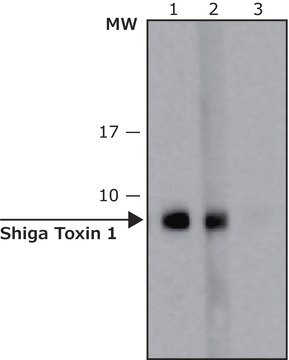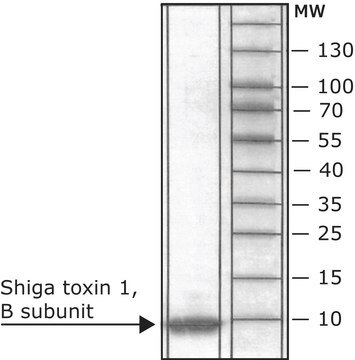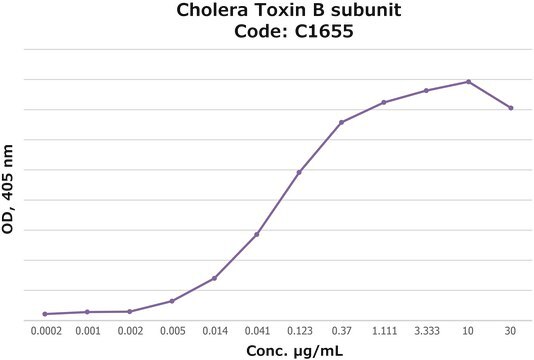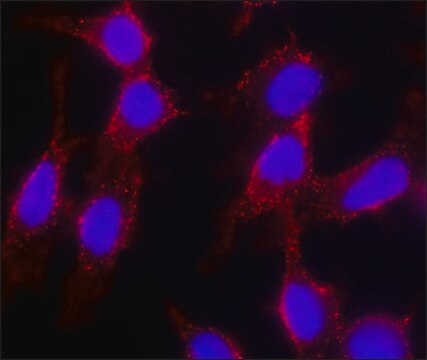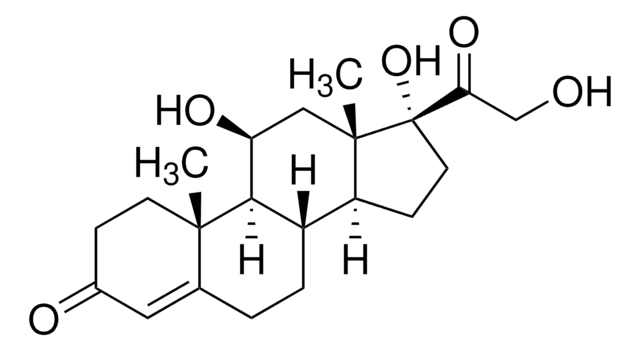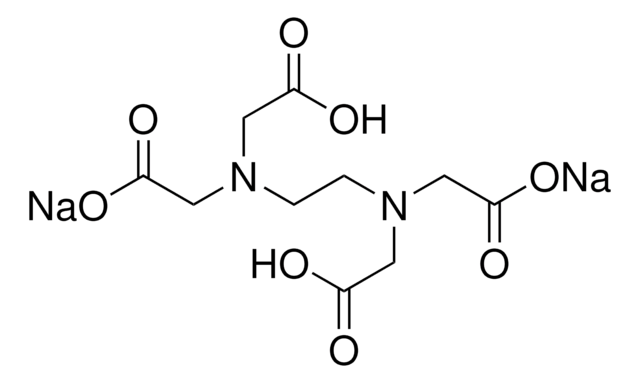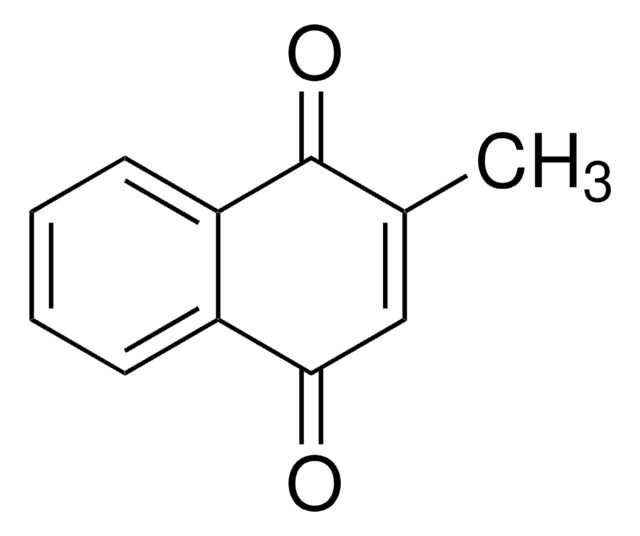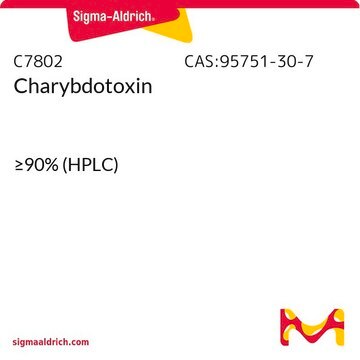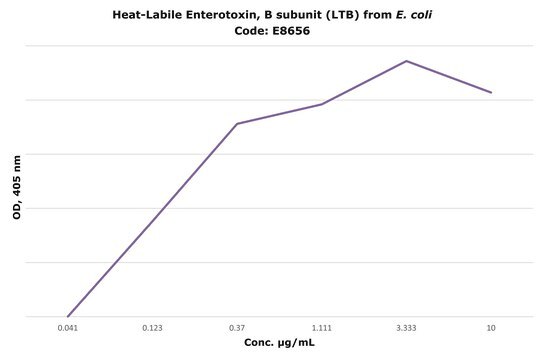SAB4200799
Anti-Shiga Toxin 1, B Subunit-FITC antibody, Mouse monoclonal
clone 13C4, purified from hybridoma cell culture
Synonym(e):
Anti-SLT-1 B subunit, Anti-SLT-1b, Verocytotoxin 1 subunit B, Anti-Shiga-like toxin 1 subunit B, Anti-Verotoxin 1 subunit B, Anti-stxB
About This Item
Empfohlene Produkte
Biologische Quelle
mouse
Qualitätsniveau
Konjugat
FITC conjugate
Antikörperform
purified from hybridoma cell culture
Antikörper-Produkttyp
primary antibodies
Klon
13C4, monoclonal
Beschreibung
Research area: Microbiome
Form
buffered aqueous solution
Speziesreaktivität
E. coli
Lagerbedingungen
protect from light
Konzentration
~1 mg/mL
Methode(n)
flow cytometry: 2-4 μg/test using human RAMOS cells pretreated with recombinant Shiga toxin 1, B subunit
Isotyp
IgG1
UniProt-Hinterlegungsnummer
Versandbedingung
dry ice
Lagertemp.
−20°C
Posttranslationale Modifikation Target
unmodified
Verwandte Kategorien
Allgemeine Beschreibung
Spezifität
Immunogen
Anwendung
Biochem./physiol. Wirkung
Physikalische Form
Lagerung und Haltbarkeit
Sonstige Hinweise
Haftungsausschluss
Not finding the right product?
Try our Produkt-Auswahlhilfe.
WGK
WGK 3
Analysenzertifikate (COA)
Suchen Sie nach Analysenzertifikate (COA), indem Sie die Lot-/Chargennummer des Produkts eingeben. Lot- und Chargennummern sind auf dem Produktetikett hinter den Wörtern ‘Lot’ oder ‘Batch’ (Lot oder Charge) zu finden.
Besitzen Sie dieses Produkt bereits?
In der Dokumentenbibliothek finden Sie die Dokumentation zu den Produkten, die Sie kürzlich erworben haben.
Unser Team von Wissenschaftlern verfügt über Erfahrung in allen Forschungsbereichen einschließlich Life Science, Materialwissenschaften, chemischer Synthese, Chromatographie, Analytik und vielen mehr..
Setzen Sie sich mit dem technischen Dienst in Verbindung.